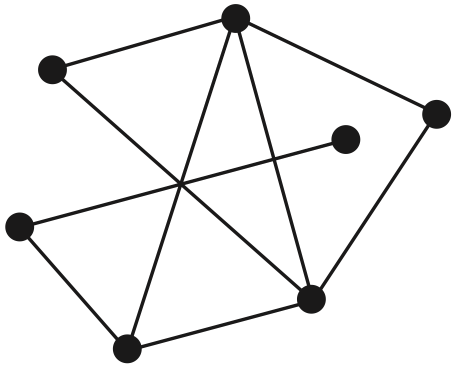The decomposition of a metal carbonate is represented by the following equation:
\(\ce{MCO3(s) → MO(s) + CO2(g)}\)
The following data was recorded:
\(\Delta H = +130 \, \text{kJ/mol},\ \ \Delta S = +160 \, \text{J/mol K}\)
- Calculate the Gibbs free energy at 350 K. (2 marks)
--- 4 WORK AREA LINES (style=blank) ---
- Determine if the reaction is spontaneous at this temperature. (1 mark)
--- 2 WORK AREA LINES (style=blank) ---
- Discuss how both enthalpy and entropy influence the spontaneity of this reaction and predict the temperature range in which the reaction will be spontaneous. (4 marks)
--- 8 WORK AREA LINES (style=blank) ---
